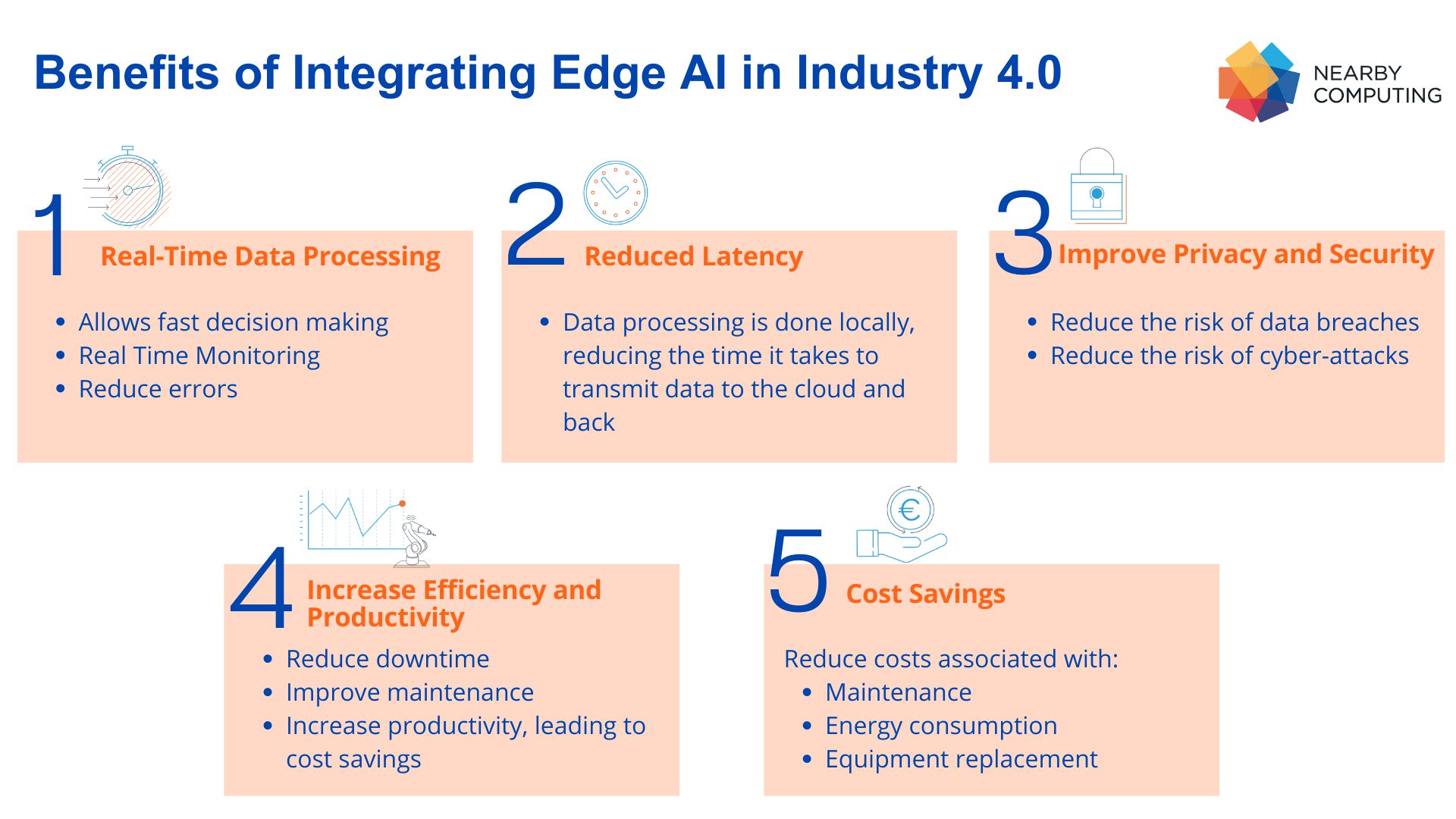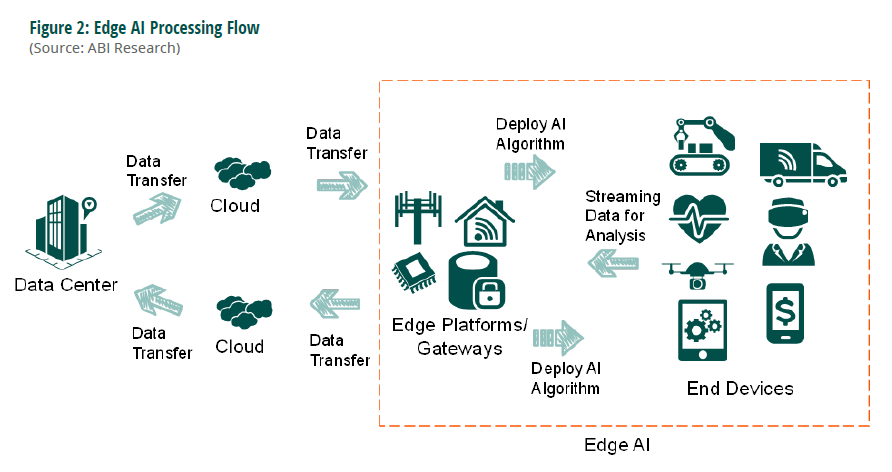Edge AI
(2025-10-03T03:48.288Z)
Perplexity Query
(2025-10-03T03:48
.288Z)
Question:
Write a comprehensive one-page article about "Edge AI".
Edge AI: Revolutionizing Intelligence at the Network's Edge
Introduction
Edge AI is the integration of artificial intelligence (AI) with edge computing, enabling data processing and decision-making on devices close to where data is generated—rather than relying on distant cloud servers.
[wl5qph]
This approach is significant as it allows devices and systems to function in real time, a crucial advancement for applications where speed and privacy matter.
[xsn8j0]
As industries embrace increasingly connected devices, Edge AI is reshaping how data is analyzed and acted upon in sectors from healthcare to manufacturing.

Main Content
Understanding Edge AI
Unlike traditional AI systems that send raw data to centralized servers for processing, Edge AI moves computation directly onto local devices such as sensors, cameras, smartphones, and other Internet of Things (IoT) devices.
[wl5qph]
[xsn8j0]
These devices utilize pre-trained AI models that run locally, allowing them to analyze inputs, make decisions, and act instantly. This local processing leads to lower latency, improved reliability, and enhanced privacy, as sensitive information is kept on-site instead of travelling across networks.
[wl5qph]
[xsn8j0]
Practical Examples and Use Cases
- Smart Homes and Buildings: Devices like smart speakers, cameras, and thermostats apply voice and facial recognition locally, improving security and personalization. [l97tfu]
- Industrial Automation: Factories use Edge AI for predictive maintenance, quality control, and workflow optimization, swiftly identifying equipment malfunctions before costly breakdowns occur. [35qjca]
Benefits and Applications
- Scalability: Organizations can deploy additional edge devices seamlessly, scaling AI workloads cost-effectively. [xsn8j0]
Challenges and Considerations
Deploying Edge AI involves hurdles such as limited device resources, managing device security, and maintaining consistent updates to AI models across a fleet of devices. Additionally, the need for specialized hardware and careful model optimization can pose technical and financial challenges for widespread adoption.
[wl5qph]
[35qjca]

Current State and Trends
The adoption of Edge AI is accelerating due to advances in hardware (like Nvidia Jetson, Google Edge TPU), robust edge-specific AI models, and industry demand for real-time, private, and resilient solutions.
[wl5qph]
[xsn8j0]
Key players in the ecosystem include technology giants such as Google, NVIDIA, and Intel—all investing in platforms optimized for edge computing and AI workloads.
[xsn8j0]
Recent developments include energy-efficient AI chips, improved connectivity standards, and sophisticated deployment frameworks making it easier for organizations to manage edge AI devices at scale.
[35qjca]
Industries like healthcare, manufacturing, retail, and smart cities are actively implementing Edge AI for crucial applications such as patient monitoring, predictive maintenance, customer analytics, and traffic management.
[wl5qph]
[xsn8j0]
Future Outlook
Edge AI is poised to become even more pervasive as 5G networks, specialized edge hardware, and federated learning models multiply its capabilities. The synergy between Edge AI and emerging technologies such as quantum computing or advanced sensor systems could enable unprecedented automation, security, and responsiveness across global industries. The pace at which AI tasks are pushed to the edge is expected to accelerate, promising smarter, safer, and more efficient environments.
.jpg?width=1480&name=Edge%20AI%20(1).jpg)
Conclusion
Edge AI is transforming real-time data processing by making devices smarter, faster, and more secure. As technology matures and adoption grows, Edge AI will unlock innovative applications, redefine digital experiences, and shape the future of intelligent systems. - .jpg?width=1480&name=Edge%20AI%20(1).jpg)
.jpg?width=1480&name=Edge%20AI%20(1).jpg)
Citations
[wl5qph] 2025, Oct 02. What Is Edge AI? Benefits and Use Cases - GeeksforGeeks. Published: 2025-07-23 | Updated: 2025-10-02
[l97tfu] 2025, Oct 03. A beginner's guide to AI Edge computing: How it works and its benefits. Published: 2024-10-29 | Updated: 2025-10-03
[xsn8j0] 2025, Oct 03. AI at the Edge Explained: Benefits, Uses & More - Advantech. Published: 2024-05-17 | Updated: 2025-10-03
[35qjca] 2025, Jul 08. What is Edge AI: Applications and Benefits - JHCTECH. Published: 2025-07-08 | Updated: 2025-07-08
[5]: 2025, Oct 02. Edge AI: Definitions, Advantages, Use Cases | Nutanix. Published: 2024-12-13 | Updated: 2025-10-02
[7]: 2025, Oct 03. What is Edge AI & How Does It Work? - Scale Computing. Published: 2025-04-14 | Updated: 2025-10-03
[8]: 2025, Oct 01. What is Edge AI? Key Benefits & Why You Should Use It - Avassa. Published: 2025-05-19 | Updated: 2025-10-01